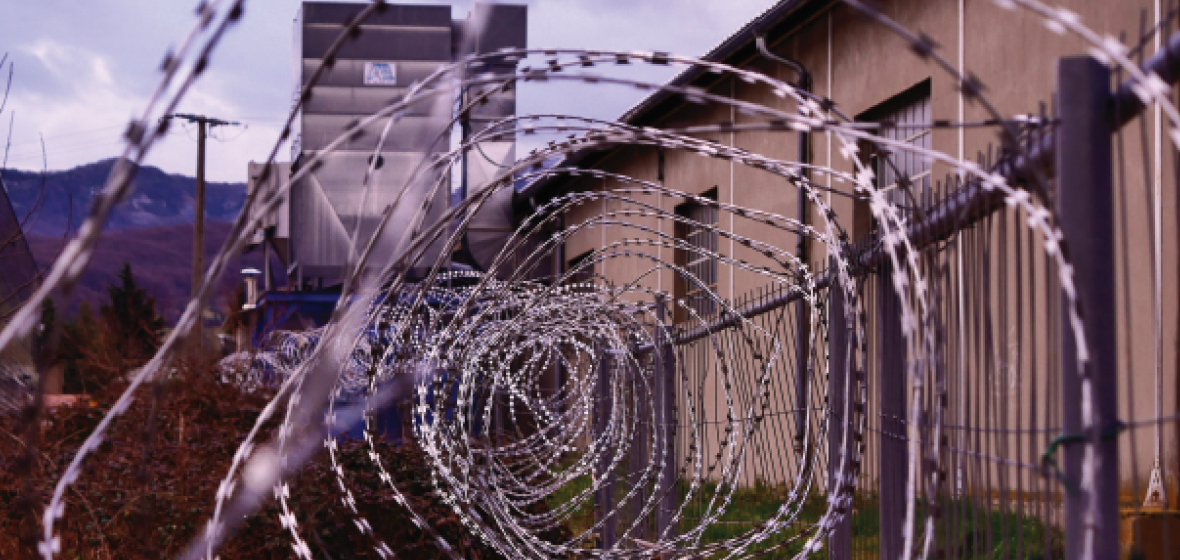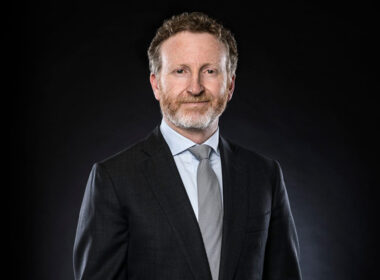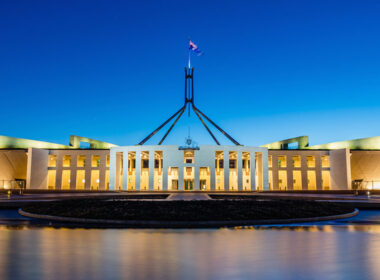The Law Society of NSW has urged the state government to invest more in diversionary pathways “rather than pouring money into prisons” as crime statisticians predict another rise in the number of full-time inmates.
The news comes after the latest figures from the NSW Bureau of Crime Statistics and Research (BOCSAR) revealed a 3.6 per cent rise in the NSW prison population – an additional 470 inmates – in 2019.
BOCSAR said it is likely the male prison population will once again rise in 2020.
“The high prison population is putting significant pressure upon an already struggling system resulting in a substantial and continually increasing backlog in our courts and delays in justice – all at a time when our legal aid system is under increasing pressure,” Law Society of NSW President Richard Harvey said.
“The Law Society of NSW has repeatedly raised concerns on behalf of the state’s solicitors in relation to the swelling numbers in the state’s prisons, and the justice system as a whole.
“The ongoing increases in the NSW prison population, as confirmed in these latest figures, coincide with a record investment in our state’s prisons.”
Acting Executive Director of BOCSAR Jackie Fitzgerald said the prison population increase between December 2018 and December 2019 could be attributed to a rise in the number of sentenced prisoners, a growth of 4.9 per cent or 417 inmates.
Harvey urged the government to invest in initiatives that will divert offenders away from full-time custody and into community-based prevention and rehabilitation measures.
“Incarceration is also expensive with figures suggesting that the daily cost of keeping a person in custody is more than $180 per day,” Harvey said.
“It’s clear that instead of pouring money into the prisons, the NSW Government needs to invest in early intervention strategies, expand the NSW Drug Court to Dubbo, better resource community-based health treatment such as drug and alcohol rehabilitation centres, and introduce further reforms to better enable courts to impose alternatives to full-time imprisonment.
“We also need a coordinated national response from Commonwealth, State and Territory Governments to address the over-representation of Indigenous people in the criminal justice system.”
The number of young people in detention remains at historic low levels, despite a slight increase from 259 in December 2018 to 275 in December 2019. The figures are considerably lower than the 315 young detainees held in 2013. Fitzgerald said the statistics indicate the steady climb in adult prisoners will continue.
“Forecasts suggest that in the coming year the male prison population will increase again by more than 200,” she said.




